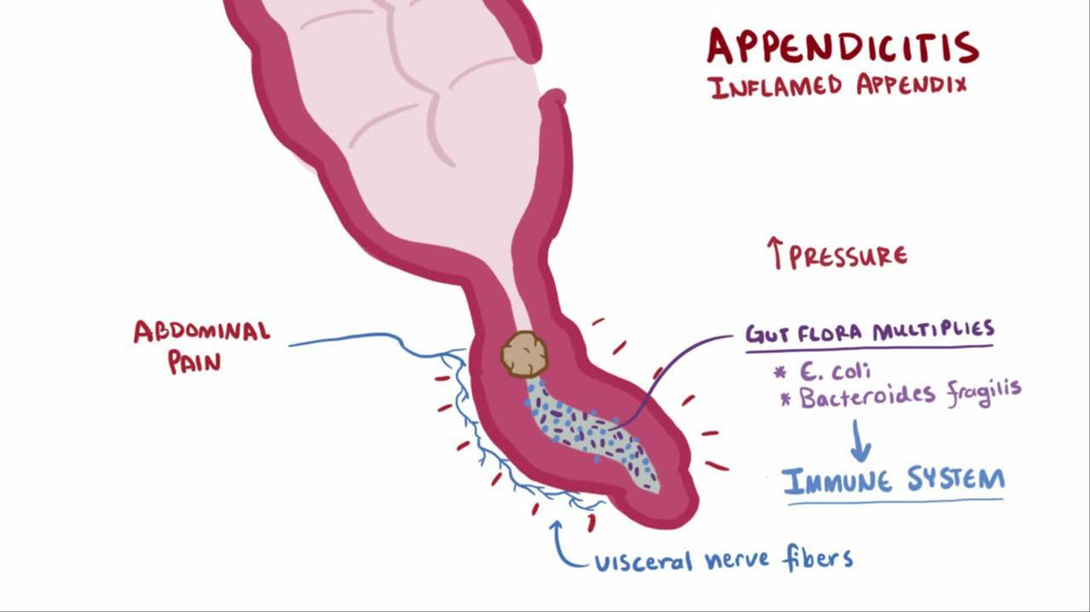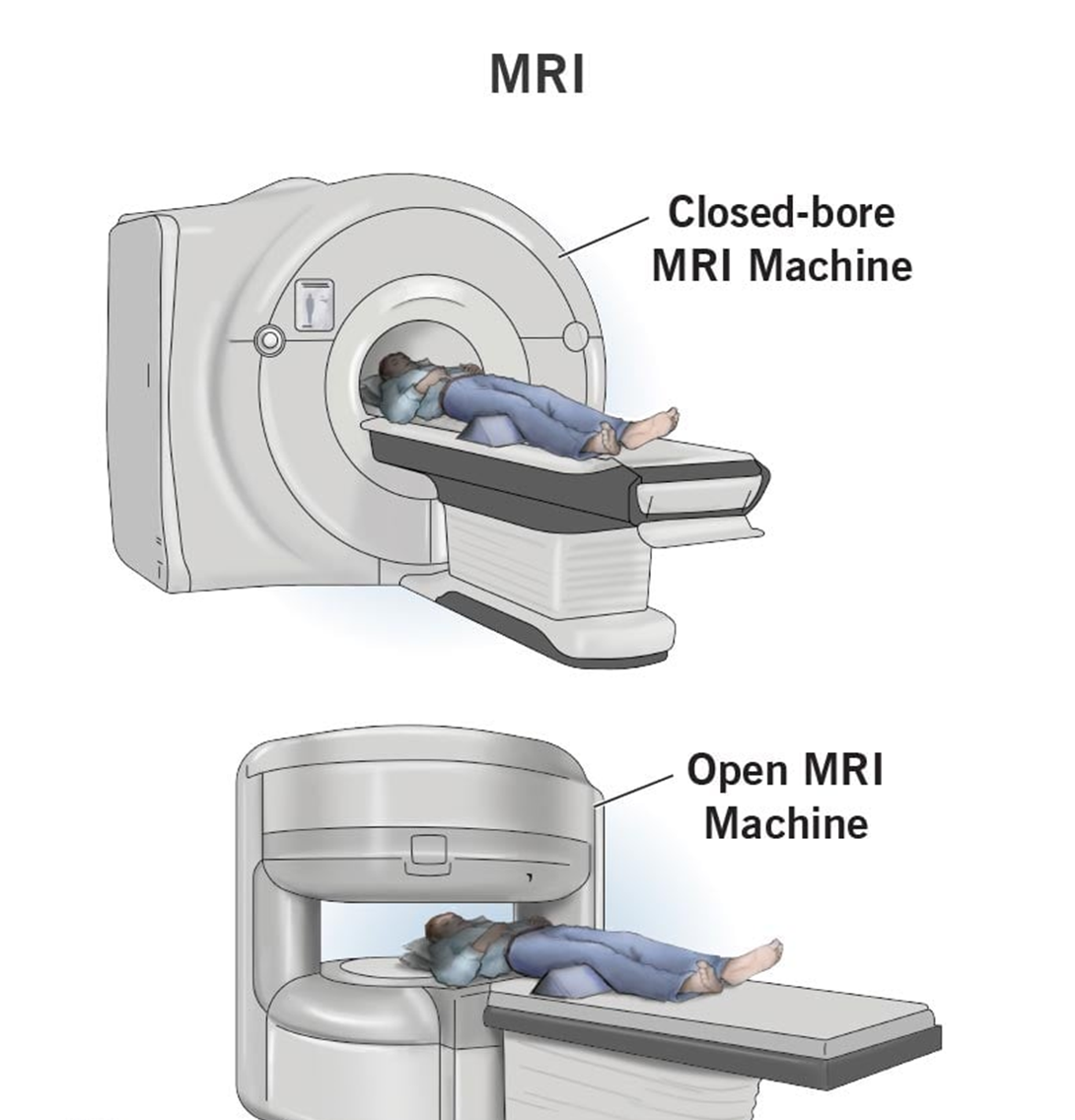The nurse prepares a teaching plan for an adult client with metabolic syndrome. Which finding(s) should the nurse address to help the client reduce the risk for diabetes mellitus and vascular disease? (Select all that apply.)
Abdominal obesity.
Blood pressure of 150/96 mm Hg.
Elevated high density lipoproteins.
Increased triglyceride levels.
Hyperglycemia.
Hypothyroidism.
Correct Answer : A,B,D,E
Choice A reason: This is correct because abdominal obesity, also known as central obesity or visceral fat, is one of the criteria for diagnosing metabolic syndrome and a major risk factor for diabetes mellitus and vascular disease. Abdominal obesity is defined as having a waist circumference of more than 40 inches (102 cm) for men or 35 inches (88 cm) for women. Abdominal obesity can increase insulin resistance, inflammation, and blood pressure, which can lead to impaired glucose metabolism and cardiovascular complications.
Choice B reason: This is correct because blood pressure of 150/96 mm Hg is another criterion for diagnosing metabolic syndrome and a significant risk factor for diabetes mellitus and vascular disease. Blood pressure is defined as the force exerted by blood against the walls of blood vessels. Normal blood pressure is less than 120/80 mm Hg, while high blood pressure (hypertension) is 140/90 mm Hg or higher. High blood pressure can damage the blood vessels and organs, such as the heart, kidneys, eyes, and brain, and increase the risk of heart attack, stroke, kidney failure, and vision loss.
Choice C reason: This is incorrect because elevated high density lipoproteins (HDL), also known as good cholesterol, are not a criterion for diagnosing metabolic syndrome or a risk factor for diabetes mellitus and vascular disease. In fact, HDL are beneficial for cardiovascular health because they help remove excess cholesterol from the blood and prevent plaque buildup in the arteries. Normal HDL levels are 40 mg/dL (1.0 mmol/L) or higher for men and 50 mg/dL (1.3 mmol/L) or higher for women.
Choice D reason: This is correct because increased triglyceride levels are another criterion for diagnosing metabolic syndrome and a risk factor for diabetes mellitus and vascular disease. Triglycerides are a type of fat that circulates in the blood and provides energy to cells. Normal triglyceride levels are less than 150 mg/dL (1.7 mmol/L), while high triglyceride levels are 200 mg/dL (2.3 mmol/L) or higher. High triglyceride levels can increase insulin resistance, inflammation, and blood clotting, which can impair glucose metabolism and increase the risk of heart attack and stroke.
Choice E reason: This is correct because hyperglycemia, also known as high blood sugar, is another criterion for diagnosing metabolic syndrome and a hallmark of diabetes mellitus. Hyperglycemia occurs when the body cannot produce enough insulin or use it properly to regulate the amount of glucose in the blood. Normal blood glucose levels are 70 to 99 mg/dL (3.9 to 5.5 mmol/L) before meals and less than 140 mg/dL (7.8 mmol/L) two hours after meals, while hyperglycemia is 126 mg/dL (7.0 mmol/L) or higher before meals or 200 mg/dL (11.1 mmol/L) or higher two hours after meals. Hyperglycemia can damage the blood vessels and organs, such as the eyes, kidneys, nerves, and feet, and increase the risk of infections, ulcers, amputations, and diabetic ketoacidosis.
Choice F reason: This is incorrect because hypothyroidism, also known as underactive thyroid, is not a criterion for diagnosing metabolic syndrome or a direct risk factor for diabetes mellitus and vascular disease. Hypothyroidism occurs when the thyroid gland does not produce enough thyroid hormones, which regulate the body's metabolism, growth, and development. Hypothyroidism can cause symptoms such as fatigue, weight gain, cold intolerance, dry skin, hair loss, constipation, and depression. However, hypothyroidism does not affect the blood glucose or lipid levels directly, but rather indirectly through its effects on weight and appetite.
Nursing Test Bank
Naxlex Comprehensive Predictor Exams
Related Questions
Correct Answer is A
Explanation
Choice A reason: This is correct because performing a bedside pregnancy test is the intervention that should be implemented immediately by the nurse. This is to confirm or rule out pregnancy and inform the surgical team of any possible risks or complications that may affect the client or the fetus.

Choice B reason: This is incorrect because continuing with surgery as scheduled is not an appropriate intervention without verifying the pregnancy status of the client. Surgery may pose serious threats to both maternal and fetal health, such as bleeding, infection, anesthesia complications, or miscarriage.
Choice C reason: This is incorrect because calculating gestation from last menstrual cycle is not an accurate or reliable method of determining pregnancy. The menstrual cycle can vary widely among women and may be affected by various factors such as stress, illness, or medication.
Choice D reason: This is incorrect because notifying the surgical team to cancel the surgery is not a necessary intervention unless pregnancy is confirmed. Appendicitis is a medical emergency that requires prompt surgical treatment to prevent rupture, peritonitis, or sepsis.
Correct Answer is D
Explanation
Choice A reason: Fasting blood sugar of 200 mg/dL (11.1 mmol/L) indicates hyperglycemia, which is a high level of glucose in the blood. It can be caused by diabetes mellitus, stress, infection, or medication. Hyperglycemia can cause symptoms such as thirst, hunger, frequent urination, fatigue, and blurred vision. However, it does not affect the safety or accuracy of MRI with contrast.
Choice B reason: Glycosylated hemoglobin A1c of 8% indicates poor glycemic control over the past three months. It can be caused by diabetes mellitus, chronic kidney disease, or hemoglobinopathy. Glycosylated hemoglobin A1c reflects the average blood glucose level over the lifespan of red blood cells, which is about 120 days. However, it does not affect the safety or accuracy of MRI with contrast.
Choice C reason: Blood urea nitrogen of 22 mg/dL (7.9 mmol/L) indicates mild azotemia, which is a high level of nitrogenous waste products in the blood. It can be caused by dehydration, high protein intake, gastrointestinal bleeding, or kidney impairment. Azotemia can cause symptoms such as nausea, vomiting, confusion, and lethargy. However, it does not affect the safety or accuracy of MRI with contrast.
Choice D reason: Serum creatinine of 1.9 mg/dL (169 umol/L) indicates moderate renal insufficiency, which is a reduced ability of the kidneys to filter and excrete waste products and fluids from the body. It can be caused by diabetes mellitus, hypertension, glomerulonephritis, or nephrotoxic drugs. Renal insufficiency can cause symptoms such as edema, anemia, electrolyte imbalance, and acidosis. It can also increase the risk of contrast-induced nephropathy, which is a sudden deterioration of kidney function after exposure to contrast media used for imaging studies such as MRI. Contrast-induced nephropathy can lead to acute kidney injury, dialysis requirement, or even death. Therefore, serum creatinine should be reported to the healthcare provider before MRI with contrast to assess the risk and benefit of the procedure and to take preventive measures such as hydration, medication adjustment, or alternative imaging modalities.

Whether you are a student looking to ace your exams or a practicing nurse seeking to enhance your expertise , our nursing education contents will empower you with the confidence and competence to make a difference in the lives of patients and become a respected leader in the healthcare field.
Visit Naxlex, invest in your future and unlock endless possibilities with our unparalleled nursing education contents today
Report Wrong Answer on the Current Question
Do you disagree with the answer? If yes, what is your expected answer? Explain.
Kindly be descriptive with the issue you are facing.
